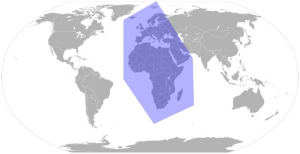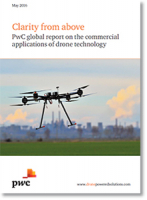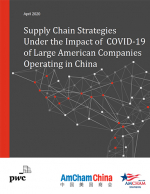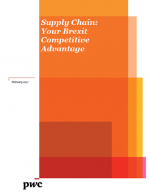Transportation & Logistics 2030: Emerging Markets
New hubs, new spokes, new industry leaders?
As the importance of emerging markets continues to increase, what new hubs and spokes will develop in global logistics networks? Where are we likely to see the emergence of new industry leaders, and what strengths will they need to compete in a crowded global marketplace?
Some of the answers can be found by looking at the globe – regions which are able to serve as an economical transit point have an inherent advantage in establishing logistics hubs. In our discussions of the T&L markets in Turkey, Russia and South Africa we look in detail at how each of these countries plans to capitalise on their geographical position, serving as a link between Asia and Europe or as an entry point to Africa.
strongly towards Asia, notably to China, with the world’s largest population and India, with the world’s fastest growing populace. China currently holds a strong advantage, with significantly superior infrastructure in place compared to India, and a respectable ranking of #27 on the World Bank’s Logistics Performance Index. Seven of the world’s twenty largest ports are located in China – and the traffic is not all directed towards North America or Western Europe.
China is also Brazil’s largest trading partner and a significant market for many of its emerging Asian neighbors like Malaysia and Indonesia. All of these countries provide sizeable quantities of raw materials to China, which has started trading with some of Africa’s least developed countries. While these countries are still economically poor, some are rich in natural resources. The establishment of the relevant trade corridors is already well underway in some cases; in other cases initial investments in infrastructure are just beginning.
As a result of these developments, new trade corridors between Asia and Africa, Asia and South America and within Asia will re-chart global supply chains. Trade volumes will shift towards emerging markets and least developed countries will take their first steps into the global marketplace.
This is one of the key findings of the 3rd volume of our Transportation & Logistics 2030 series of publications. Our analysis of the T&L industry in emerging countries also takes a close look at regulation, industry consolidation and competition.
What’s Related




Favorites





